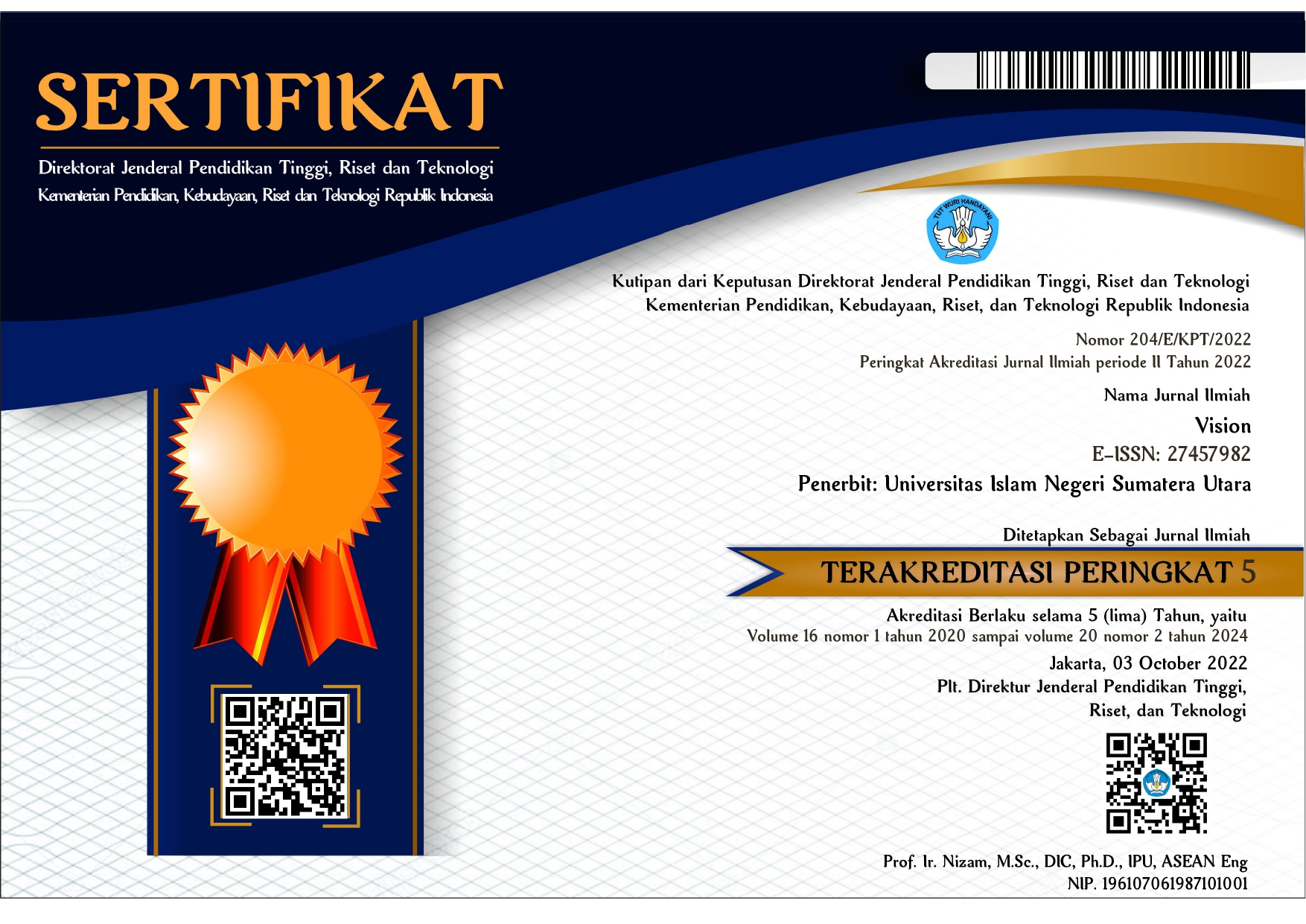DIGITAL TOOLS AND STUDENTS’ SPEAKING SKILL
Abstract
Teaching speaking to EFL learners is tremendously
challenging. Having learned English for years at school and
acquired sufficient vocabulary and grammatical features,
students remain struggling to speak English effortlessly. For
that matter, employing digital tools in teaching speaking can
be regarded as a prospective solution since some of which are
particularly designed for English language learning. These
tools equip teachers with unlimited and up-to-date resources
as well as facilitate students to be a lot more involved in the
learning activities and are expected to better perform their
speaking ability. Accordingly, researcher utilized some digital
tools to teach students speaking skill to figure out the impact
on their learning growth. This research employed quantitative
approach to portray in detail the statistic descriptive of
students’ scores which reflects students’ speaking proficiency
progress and their perspective and attitude regarding the
electronic devices use. From this data, further, it could be
considered the benefits, disadvantages and follow up steps to
escalate the potential application of such tools in teaching
speaking.
Full Text:
PDFReferences
Anderson, T. (2004). Teaching in an online learning context. Theory and practice of online learning, 273.
Broadbent, J., & Poon, W. L. (2015). Self-regulated learning strategies & academic achievement in online higher education learning environments: A systematic review. The
Internet and Higher Education, 27, 1-13..
Burns N & Grove SK (1997) The Practice of Nursing Research Conduct, Critique, & Utilization. W.B. Saunders and Co.,
Creswell, J. W. (2002). Educational research: Planning, conducting, and evaluating quantitative (pp. 146-166). Upper Saddle River, NJ: Prentice Hall.
Gilbert, B. (2015). Online Learning Revealing the Benefits and Challenges. St. John Fisher College Fisher Digital Publications. 4-2015
Mushangwe, H. (2015). Using voice recognition software in learning of Chinese as a foreign language pronunciation. The Journal of Language Teaching and Learning, 2015–1,
-67
DOI: http://dx.doi.org/10.30829/vis.v16i2.814
Refbacks
- There are currently no refbacks.
Copyright (c) 2020 VISION
















